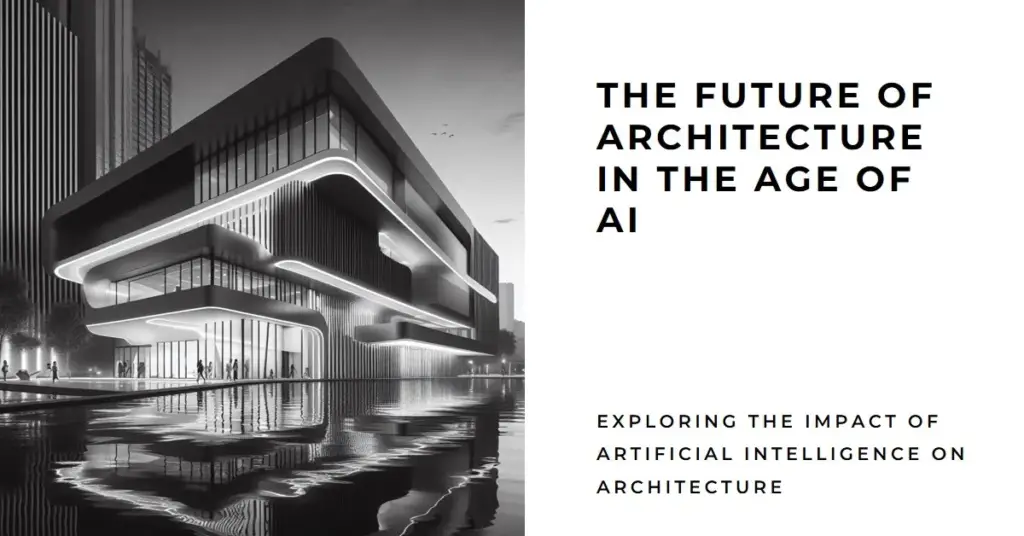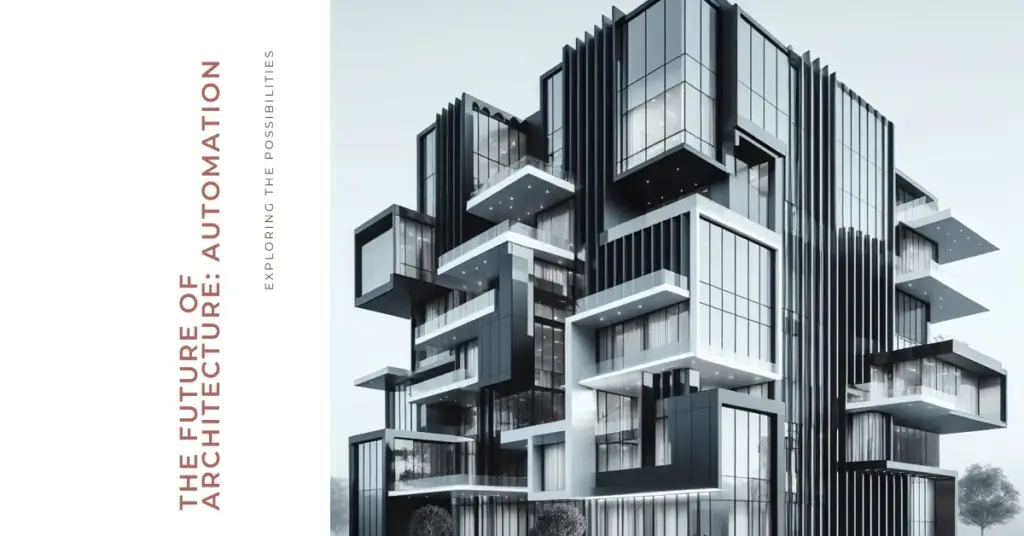
Table of Contents
Introduction: The Interplay Between Architecture and the Rise of AI
In the ever-evolving landscape of technology, the specter of Artificial Intelligence (AI) looms large, prompting a pivotal question: Will architecture succumb to the takeover by AI? This exploration delves into the intricate dance between architecture and AI, unraveling the promises, challenges, and potential transformations that lie ahead in a world increasingly shaped by automated technologies.
Section 1: The Emergence of AI in Architecture: An Unavoidable Tide
The integration of AI in architecture is not a distant future but a burgeoning reality. Automated processes, driven by sophisticated algorithms and machine learning, are transforming how architects conceive and execute their designs. AI’s ability to process vast datasets, analyze patterns, and generate design iterations in mere seconds is redefining the very essence of architectural creation.
From optimizing building performance to streamlining design workflows, AI is becoming an indispensable tool for architects. This section explores the current landscape, where architects are navigating the potentials and pitfalls of an AI-infused architectural practice.
Section 2: Automated Design: Redefining the Creative Process
AI is ushering in a paradigm shift in the creative process of architecture. Automated design tools, fueled by AI algorithms, can analyze vast amounts of architectural data, distilling patterns and trends that inform design decisions. Architects armed with these tools can explore a multitude of design possibilities, ensuring that creativity is not stifled but augmented by the analytical prowess of AI.
The potential of AI in design lies not just in efficiency but in pushing the boundaries of what is conceivable. Architects are now empowered to explore complex geometries, innovative materials, and sustainable solutions with unprecedented speed and precision. As AI evolves, so does the creative palette available to architects, opening new realms of architectural expression.
Section 3: AI in Construction: Rethinking Building Processes
The impact of AI isn’t confined to the design studio; it extends to the construction site. Automated construction processes, from robotic bricklaying to 3D printing, are challenging traditional norms and redefining how buildings are erected. AI-driven machinery offers precision and efficiency, potentially transforming the construction industry.
Automated construction technologies address not only the speed of construction but also issues of safety and structural integrity. This section examines the intersection between AI and construction, shedding light on how automation is reshaping the very fabric of the built environment.
Section 4: Balancing Act: Human Creativity vs. AI Precision
As AI infiltrates the realm of architecture, a critical question arises: Can machines truly replace the nuanced creativity of human architects? While AI excels in processing data and generating solutions based on patterns, the artistic intuition, emotional depth, and cultural sensitivity that humans bring to architecture remain unparalleled.
Architects must navigate a delicate balance, leveraging the precision of AI while preserving the irreplaceable human touch. This section explores the symbiotic relationship between human creativity and AI precision, emphasizing the coexistence of both in shaping the future of architecture.
Section 5: Ethical Considerations: The Moral Landscape of AI in Architecture
The integration of AI in architecture isn’t without ethical considerations. As algorithms drive design decisions and shape the built environment, questions of accountability, bias, and the societal impact of AI in architecture come to the forefront. Architects and technologists must collaborate to establish ethical guidelines, ensuring that the benefits of AI are harnessed responsibly.
From addressing algorithmic biases to safeguarding user privacy in smart buildings, this section delves into the ethical dimensions of AI in architecture, emphasizing the need for a thoughtful and principled approach.
Section 6: The Learning Curve: Architectural Education in the Age of AI
The advent of AI necessitates a revolution in architectural education. As the profession evolves, so must the skills imparted to future architects. This section explores how educational institutions are adapting to the rise of AI, incorporating programming, data analysis, and a deep understanding of automated tools into the curriculum.
Architectural education becomes a crucible for nurturing professionals equipped to navigate the complex interplay between creativity and technology. The architects of tomorrow must not only be design visionaries but also adept users and innovators in the realm of AI.
Section 7: Economic Implications: The Impact of AI on Architectural Practices
The integration of AI into architectural practices has profound economic implications. While automated processes can enhance efficiency, they also necessitate initial investments in technology and training. This section examines the economic landscape of architectural services, exploring how the value proposition of firms may evolve with the integration of AI.
The ability of architectural practices to adapt to these changes and find a balance between human expertise and technological augmentation becomes pivotal for sustained success in an AI-dominated future.
Section 8: AI and Cultural Context: The Challenge of Aesthetics and Contextual Sensitivity
AI’s proficiency in processing data and generating designs raises challenges in capturing the nuances of cultural aesthetics and contextual sensitivity. While algorithms can analyze historical data, the essence of architecture often lies in its ability to resonate with the cultural and social context.
This section explores the challenges architects face in ensuring that AI-generated designs are not only aesthetically pleasing but also deeply rooted in the cultural narratives and sensitivities of the communities they serve.
Section 9: Collaborative Future: Architects and AI as Synergistic Partners
Rather than a takeover, the future envisions a collaborative landscape where architects and AI work synergistically. This section emphasizes the potential for architects to leverage AI as a creative ally, enhancing their capabilities rather than replacing them. The synergy between human intuition and machine precision can lead to unprecedented levels of innovation, where the boundaries of architectural design are continually pushed.
Collaboration extends beyond the architectural studio. Architects, technologists, policymakers, and ethicists must collaborate to shape a future where AI serves societal needs and aspirations. The collaborative ethos becomes a cornerstone for a future where AI is a tool for collective progress rather than an isolated pursuit.
Section 10: The Unknown Horizons: AI and the Uncharted Possibilities in Architecture
As AI becomes an integral part of architectural practice, it opens doors to uncharted possibilities. This section explores how AI can contribute to the exploration of new materials, construction techniques, and design possibilities. Architects are no longer bound by the constraints of the past; they are pioneers charting new territories in response to the challenges and opportunities that AI presents.
The unknown horizons beckon architects to dream beyond conventional boundaries. Whether it’s designing structures on other planets or envisioning adaptive, responsive environments, AI becomes the key to unlocking the doors to a future where architectural creativity knows no bounds.


Conclusion: Navigating the Future – Architects at the Helm
In conclusion, the interplay between architecture and AI is not a narrative of replacement but of transformation. While AI brings unprecedented efficiency and analytical capabilities, architects remain at the helm, steering the course of creativity and innovation. The future of architecture lies in the hands of those who can navigate the potential takeover by AI with a nuanced understanding of its capabilities, limitations, and ethical considerations.


